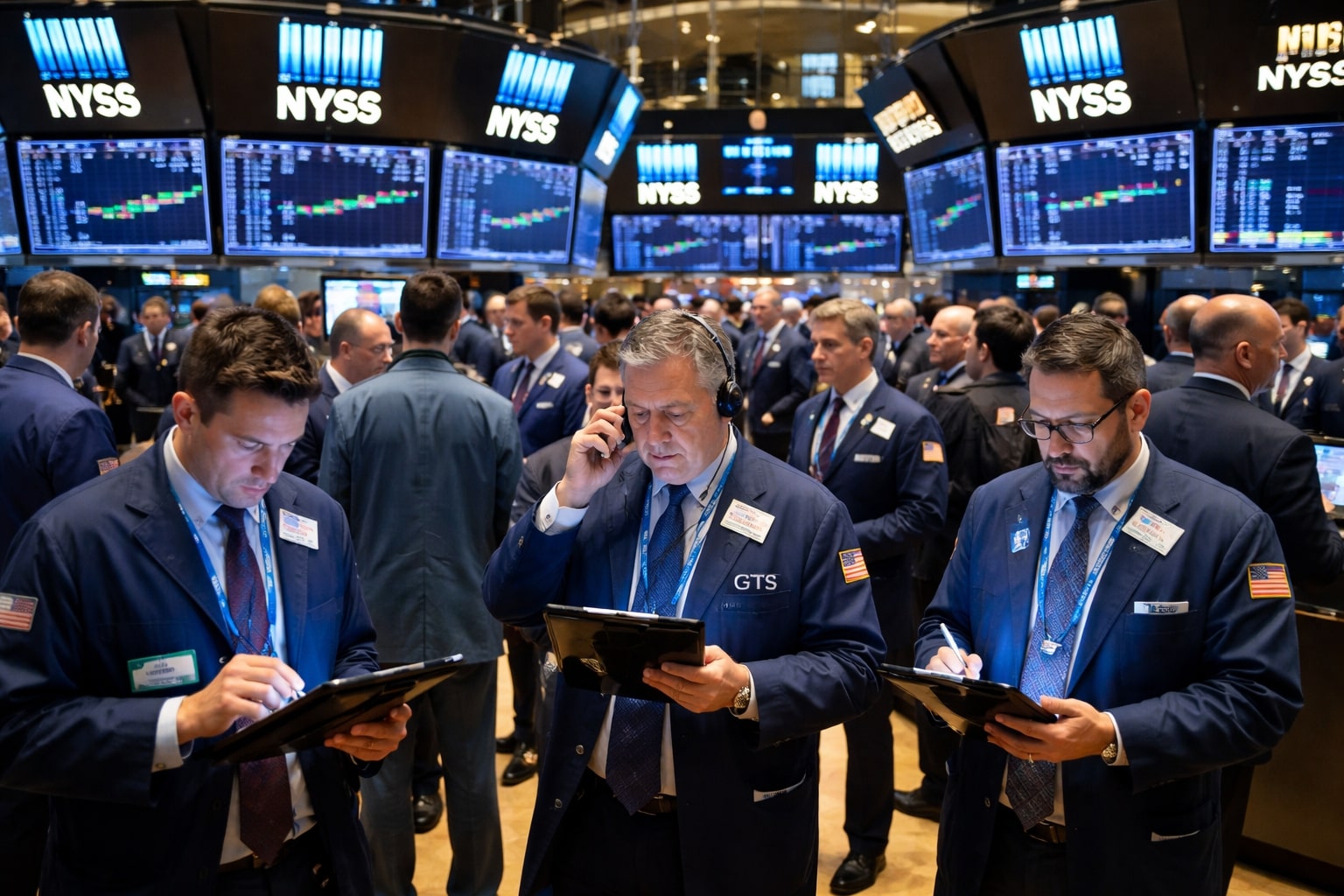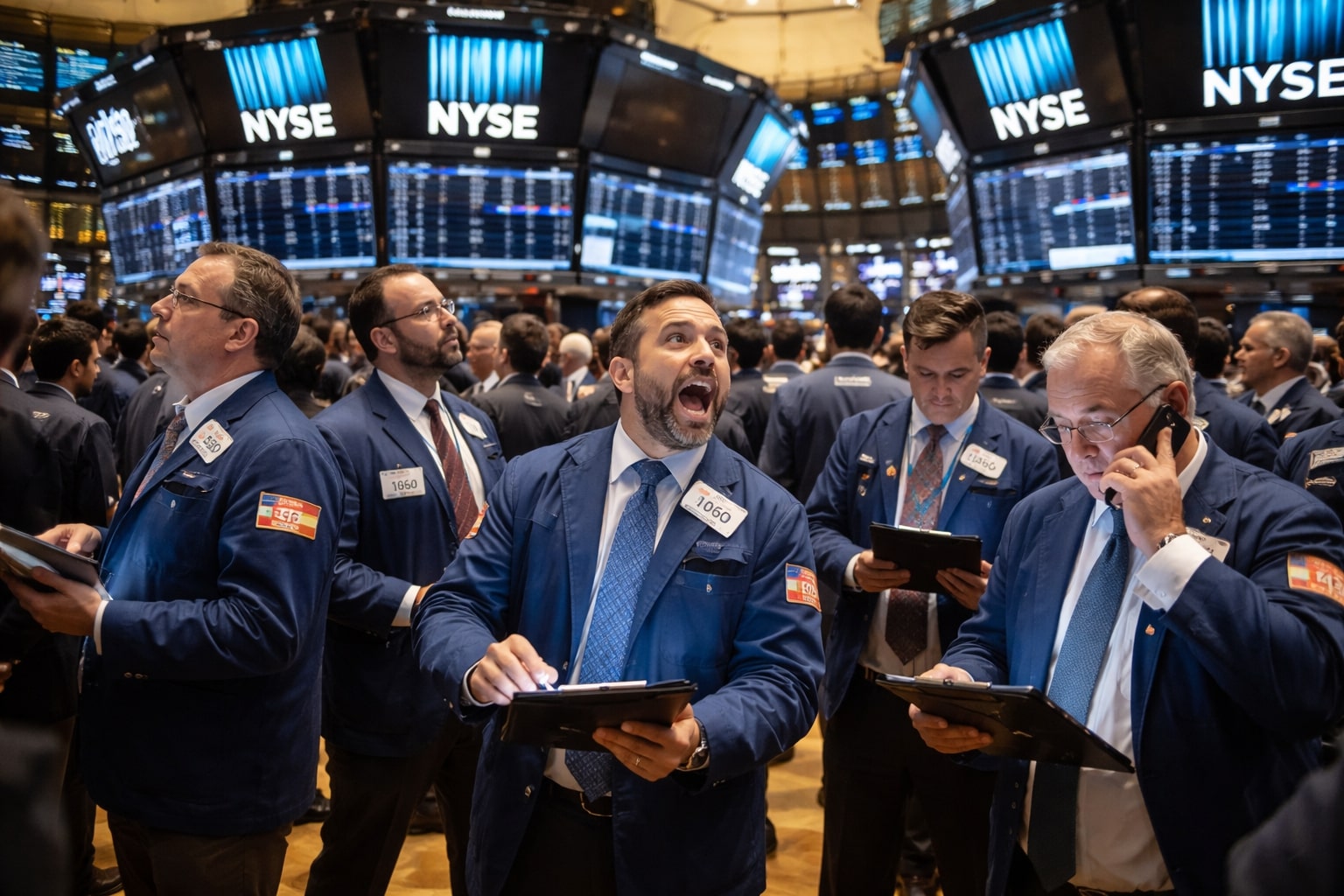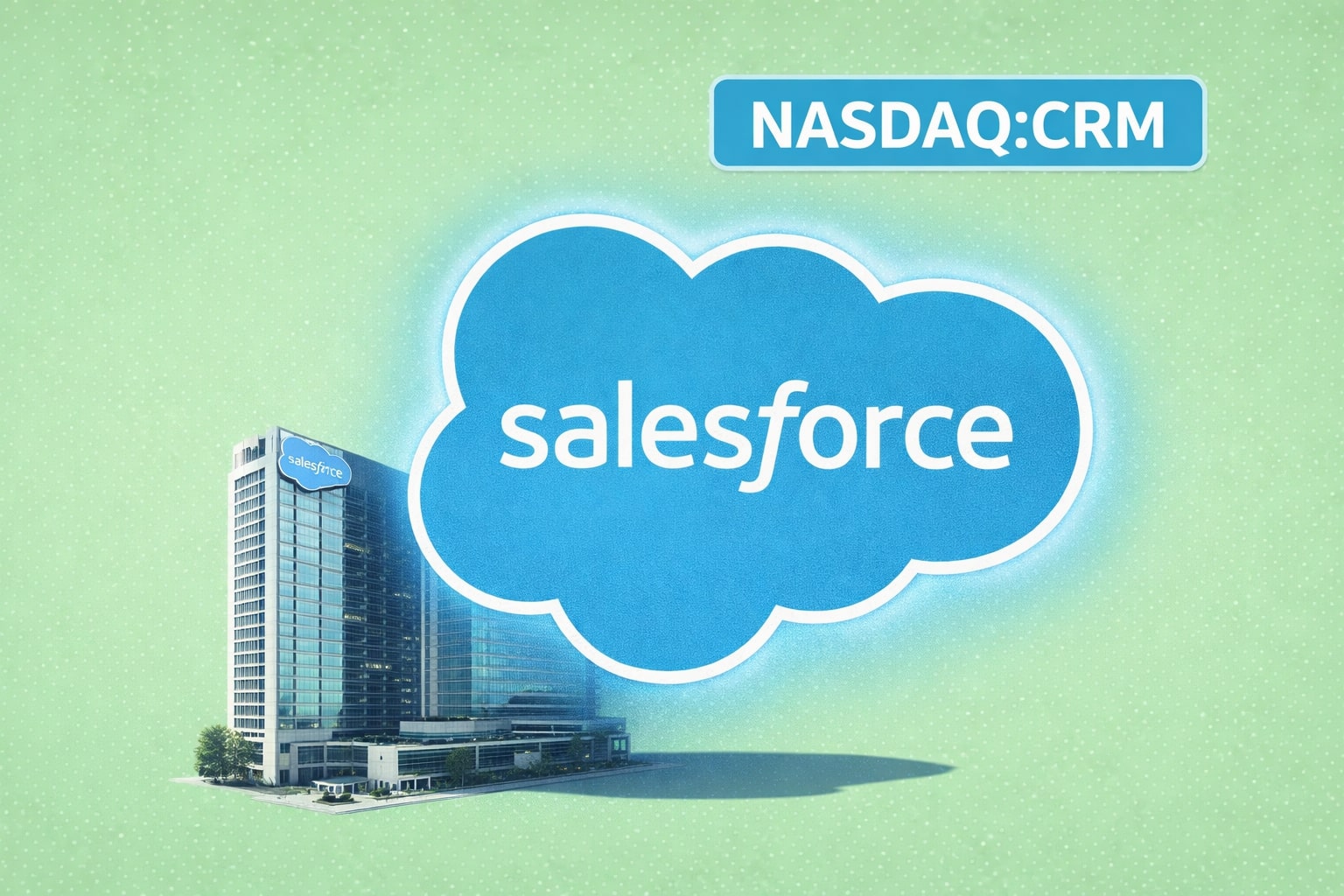
Federal Reserve's Rate Strategy: The Unseen Influence on Banking Landscape and Bank of America's Stance
Fed's Decisions on Interest Rates and How Bank of America Navigates the Changing Financial Waters
In the aftermath of the Federal Reserve's rate hikes, the economic climate has been showing signs of favorability towards the Fed's policy. The annual inflation rate has slowed, experiencing its most sluggish growth in the past two years. Furthermore, the recent employment report suggests a considerable cooling in the labor market, which might prompt the Federal Reserve to hold back on future rate hikes.
Current market trends project a hiatus in Fed rate hikes for the coming month, as it is anticipated that the U.S. Central Bank will commence the process of reducing interest rates. Nevertheless, a recent report from Bank of America presents an interesting take on this forecast. As per the report, the market projections might imply two potential scenarios - the termination of the Fed's interest rate hikes is yet to be seen, or the impending cuts could surpass market expectations.
Bank of America analyst Meghan Swiber offers a historical perspective on this matter. According to her, the market has typically underestimated the Fed's policy, whether it pertains to an interest rate increase or decrease. This trend has been evident as the market often undershoots the number of interest rate cuts before a wave of reductions and the number of increases before a surge in hikes. This observation seems to be in line with the tone set by Fed Chairman Jerome Powell in his recent press conference, where he indicated a brief pause in rate hikes might be on the horizon. He noted, "Looking forward, we will take a data-driven approach in determining the extent and need for policy tightening."
One of the most talked-about perspectives on this matter came from billionaire and hedge fund manager Paul Tudor Jones. In a conversation with CNBC, Jones expressed his belief that the Federal Reserve might have finished increasing interest rates in its bid to curb inflation. Furthermore, he anticipates a potential rise in the stock market this year. Since March 2022, the central bank has raised interest rates 10 times, pushing the Fed rate to a target range of 5%-5.25%, which is the highest recorded since August 2007. Meanwhile, the Consumer Price Index (CPI) has seen a notable decrease since its peak of around 9% in June 2022, falling to 4.9% in April.
In the face of the increased interest rates, the regional banks have experienced a blow, with an apparent credit crunch threatening to push the economy towards recession. However, as per Trading News analysis, this adverse scenario might bear some positive implications, as it would provide the Federal Reserve with a legitimate reason to halt interest rate hikes. However, the situation is far from simplistic. The continued creation of new jobs might suggest a lack of sufficient cooling in the economy, potentially leading to another surge in interest rates.
While these nuanced discussions continue to shape the financial landscape, we are witnessing a dramatic shift in the banking sector. The rising digitization trend is leading to a noticeable reduction in the number of physical bank branches. For instance, since 2020, Wells Fargo and PNC have closed down 17% and 15% of their local branches, respectively, while Bank of America has shut down 5% of its physical locations in the region. Self Financial projects that the number of U.S. bank branches will plummet from about 60,000 in 2023 to approximately 15,660 in 2030, with the possibility of no bank branches remaining by 2034.
This rapid transition towards online banking is a reflection of changing consumer attitudes, with banks like Wells Fargo reporting a significant drop in in-person transactions. The global pandemic and the resulting lockdowns have accelerated this shift as consumers were left with no option but to conduct their banking digitally. In parallel, increased competition from online-only banks like Ally Bank and SoFi and tech giants like Apple offering competitive savings account interest rates are pushing to: ChatGPT.AI
Read More
-
Salesforce Stock Price Forecast - Why CRM Stock Around $238 Still Discounts Agentforce And 34% FCF
14.01.2026 · TradingNEWS ArchiveStocks
-
XRP Price Forecast - XRP-USD Holds Above $2 as Luxembourg EMI and CLARITY Act Cut Regulatory Risk
14.01.2026 · TradingNEWS ArchiveCrypto
-
Oil Price Forecast: WTI Oil Breaks Out Toward $62 as Brent Jumps Above $66 on Geopolitical Risk
14.01.2026 · TradingNEWS ArchiveCommodities
-
Stock Market Today - Dow Slides to 48,977 as BAC, WFC Sink and Gold Blasts to $4,621
14.01.2026 · TradingNEWS ArchiveMarkets
-
GBP/USD Price Forecast - Pound Holds 1.34–1.35 Band As Fed Independence Shock Offsets Strong US Numbers
14.01.2026 · TradingNEWS ArchiveForex



















